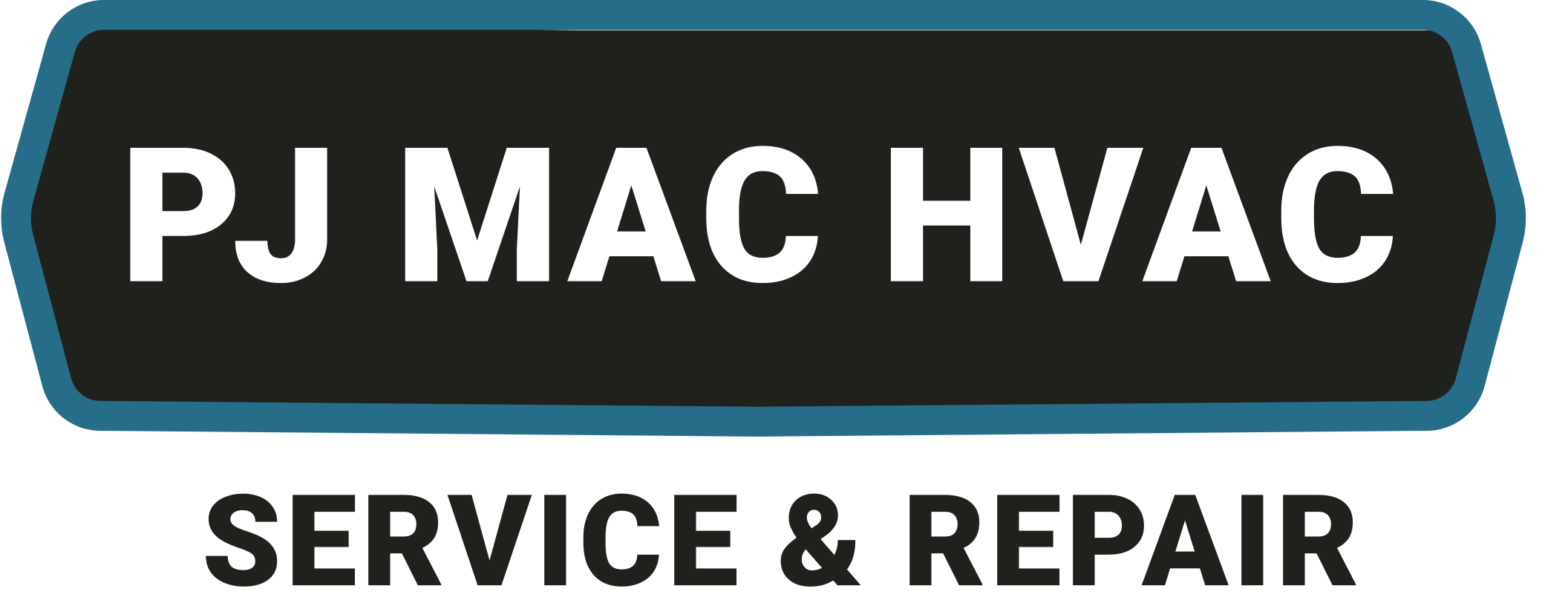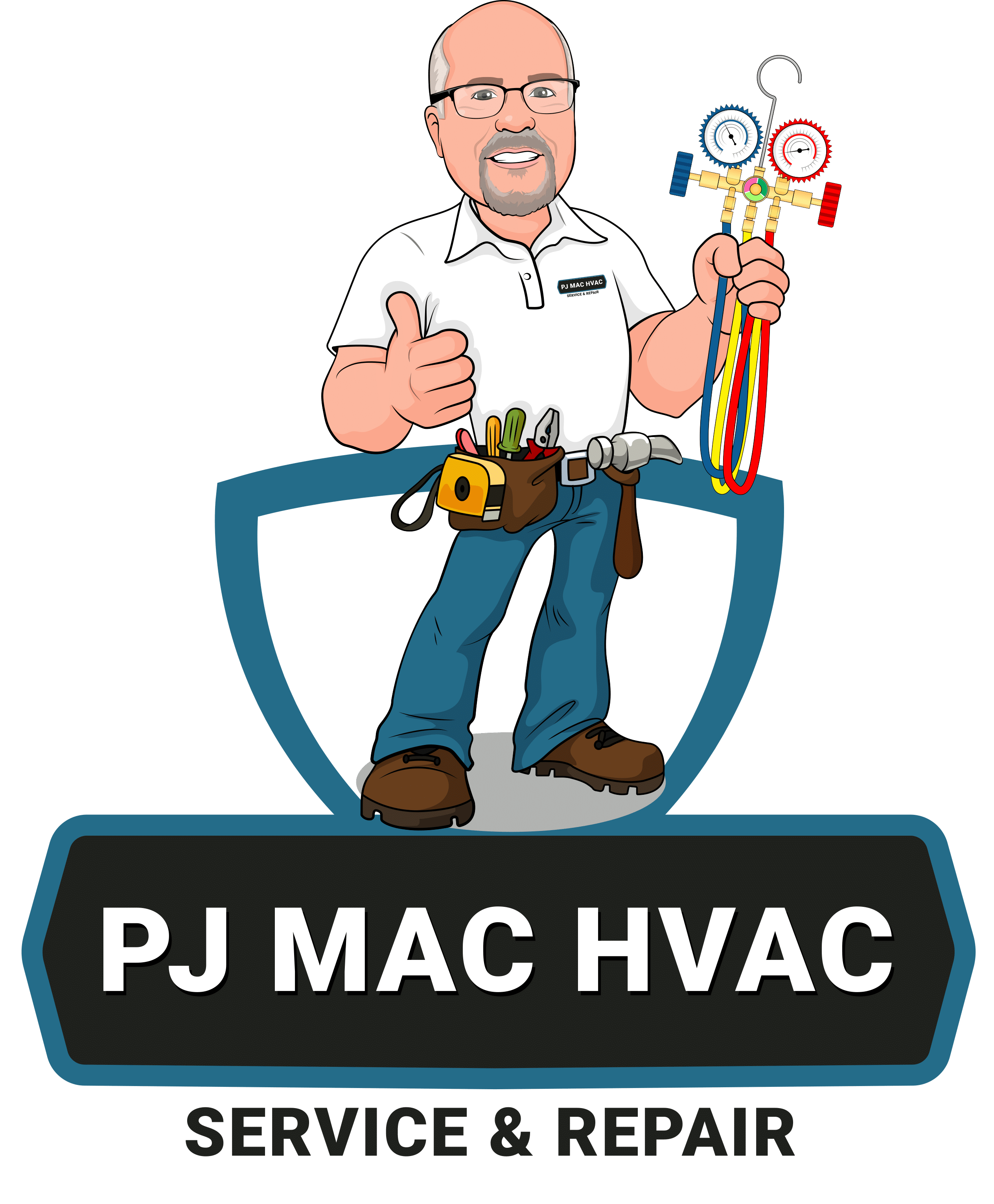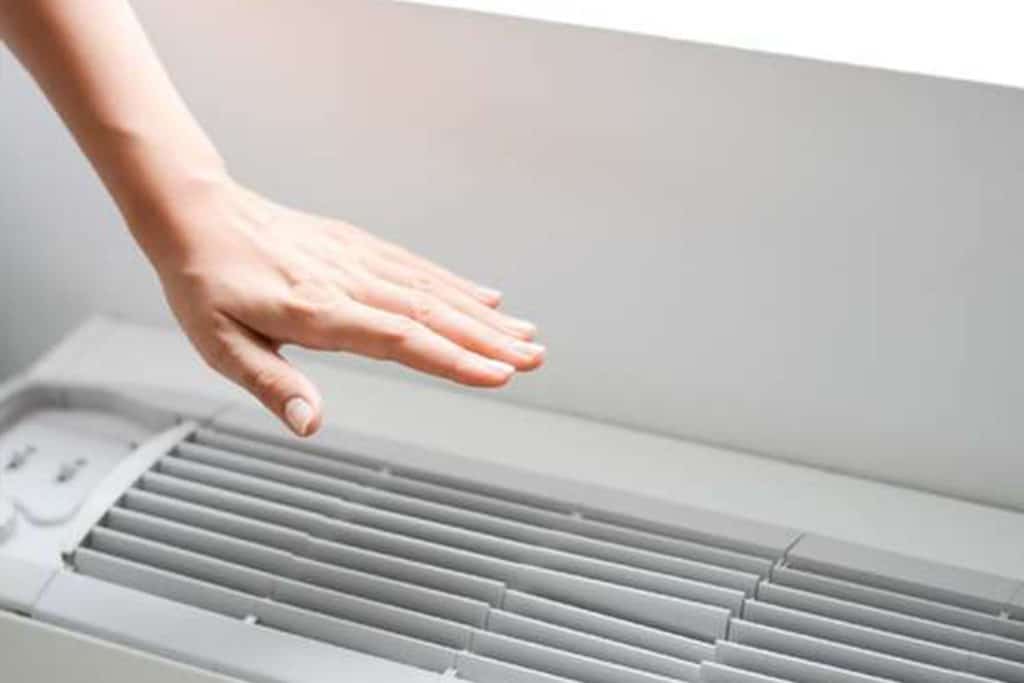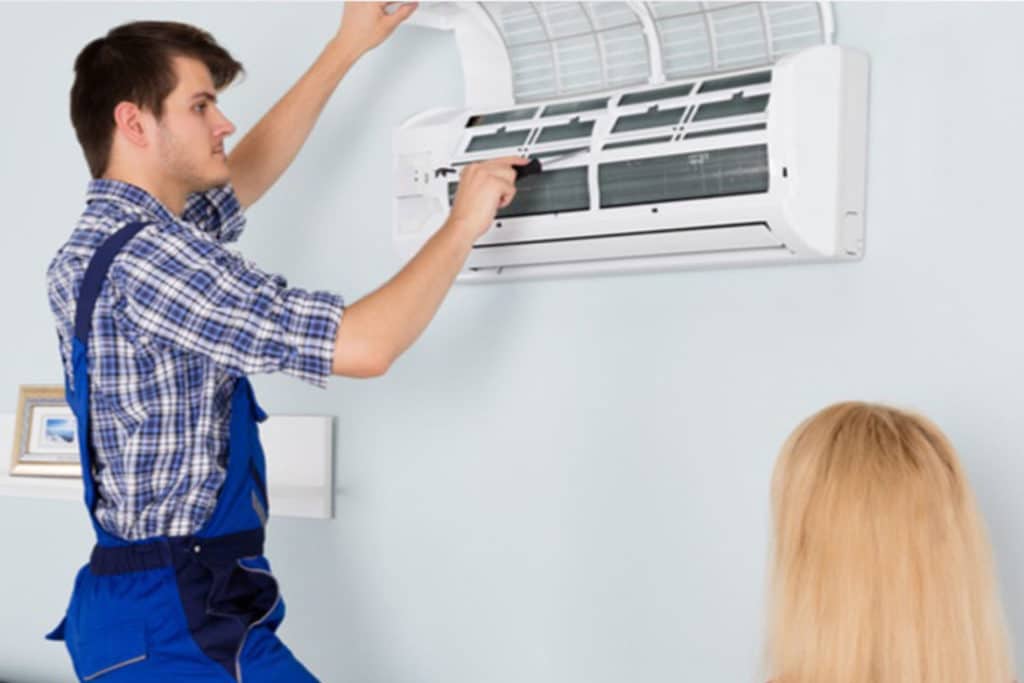The US Environmental Protection Agency (EPA) states, “Indoor air pollution is among the top five environmental health risks,” in its publication “Guide to Air Cleaners in the Home”.
People with asthma, lung disease, or allergies are not the only people affected by pollutants. They harm everyone. The most common particles of pollutants are found in residential air mold, dust mites, pet dander, pollen, microplastics, bacteria and viruses. Gaseous pollutants are listed by the EPA as volatile organic compounds (VOCs). They leach from flooring and furniture, chemicals from cleaning agents and pesticides, as well as tobacco smoke when there are smokers in the household. They are even found in air fresheners.
Air pollution inside your home is a serious concern. Maybe a whole-home air purifier is the answer.
We did the research for you and put it all here. Read on to find out what they are, different residential air purifier types, pros and cons, whether they are worth the money, and what else you can do to purify the air in your home.
Whole Home Air Purifiers - Different Types and How They Work
Air purifiers are also called air cleaners. Their purpose is removing pollutants and allergens from the air in your home using filters.
Type 1: Media Air Purifiers
- Media Air Purifiers are also called mechanical air cleaners. They use filters that are thicker and denser than a typical furnace filter, trapping smaller particles and lasting longer.
- A majority of media air purifier filters have a Minimum Efficiency Reporting Value (MERV) rating listed. The higher that rating, the better they work, filtering very small particles.
- Air purifiers are installed in the return-air ductwork, immediately before your air handler or furnace. Some filters are replaceable, however most are washable - which is a hassle you may not want.
- These do not use electricity. They filter the pollutants from the air while the blower fan is running.
There are 3 standards types of media air filters:
- HEPA Filters - Also known as high-efficiency particulate air filters, they must trap any particle larger than 0.3 microns. HEPA filters generally have MERV ratings varying from 17 to 21.
- Activated Charcoal/Carbon filters - These remove odor-causing particles from the air. They are used in combination with your standard filters to remove both particles and odors. Carbon molecules have a much larger surface area - each pound of carbon has +/- 100 acres for the gas to pass through and either be absorbed or bonded with. These work best in homes with pets, or if odors from cooking are an issue. Mold or mildew could also be causing these odors, however, and filtering out the odor won’t solve the issue. If that is the case, then the best solution is to locate the source of the mold and remedy it.
- Charged media filters - These are given an electrostatic charge in the factory. Smaller particles are attracted to that static charge, much like how sweaters and socks cling when they are removed from a hot dryer. The charge is only effective for a few months - after that, the filter should be changed.
Pros of Media Air Cleaners
The major upside to media-type air purifiers is that they remove more than 99.9% of pollutants and allergens from the air - as they are designed to do. Also, the air purifier itself, the replacement filters, and installation are all affordable.
Cons of Media Air Cleaners
Air cleaners only remove air pollution when your blower fan is running. Depending on where you live, there may be a few months out of the year when you don’t really use your HVAC system. However, most systems will still allow you to turn the fan on, even if it’s not heating or cooling your home. This will produce electricity cost, but it is less than a stand-alone air purifier when considering the entire year’s utility costs.
They can only remove pollutants that pass through them. If your flooring or furniture is emitting VOCs, you will still breathe them until they can be filtered through the purifier. If there is a smoker in the home, secondhand smoke will still be an issue until it can be filtered. If no fresh air gets into your home, the air will quickly become polluted.
Media filters must be regularly replaced to maintain efficiency. If they are not replaced, they will become blocked, and the electrostatic filters will eventually lose their charge.
The filters can be so thick that they make it hard for furnaces and air handlers to pull air through them. The result of this is a system that works harder, using more energy and making itself prone to mechanical failure down the road.
Type 2: Media Air Purifiers with Photocatalytic Oxidation (PCO)
According to HVAC expert Jeanie Wong, photocatalysis is “the oxidation of organic contaminants such as bacteria and mold using magnetic particles coated with titanium dioxide nanoparticles”, producing harmless substances like carbon dioxide and water. A PCO filter comes coated with titanium dioxide that comes in contact with harmful pollutants. A UV light is then shined onto the catalytic filter to create a reaction that destroys the pollutants. This technology is often used in combination air cleaners.
Pros and Cons of PCO purifiers:
On the upside, this technology has been proven effective, often used in health settings and food processing for air cleaning. A PCO combination, or hybrid, air cleaner is the most effective option out there. It does not hinder airflow, so your system won’t work much harder. One downside is the higher cost of the air cleaner, and the electricity cost to run it.
Type 3: Electronic Air Cleaners (EACs)
A typical EAC includes two types of filtration. A pre-filter catches the large particles, then the tiny particles are charged with electricity. The charge attracts them to collector plates with an opposite charge, much like a magnet. This removes them from the air. In some cases, the electrical charge can even destroy the virus or bacteria.
These units are sometimes called ionic and electrostatic air cleaners because of the electrical charge they use. They can be cleaned in a dishwasher as needed, but should be thoroughly air dried.
Pros and Cons of EACs:
These filters are washable. This is a plus, because replacement cost is low - they last a year, or longer! This also reduces waste in landfills.
The downside is the hassle of washing the filter regularly - typically every few weeks to a month. The collector plates in the purifier must be washed regularly as well, or they won’t attract the charged particles. At this point, the purifier is no longer doing its job.
EACs only trap 95%-97% of the particles flowing through them. Just like the mechanical air purifiers, electronic models will only filter the air when your system is running.
EACs also have parts that can fail, and would require replacement. A media air cleaner does not.
Electronic Air Purifiers and Ozone
The major downside to EACs is that they emit ozone.
The extra oxygen molecule in ozone can combine with organic cells in your body, and alter them negatively. The EPA warns that “relatively low amounts can cause chest pain, coughing, shortness of breath, and throat irritation. Ozone may worsen chronic respiratory diseases such as asthma and compromise the ability of the body to fight respiratory infections.”
Due to the risks, we often recommend avoiding ozone-producing air purifiers. If the manufacturer cannot positively confirm that no ozone is emitted, avoid that model - the risk outweighs the advantage!
Where odors are an issue, your best option is choosing an air purifier - either electronic or media-only - that uses carbon or charcoal rather than ozone to remove the odors.
Combination Air Purifiers
Some air cleaners combine what was discussed above - media filters, electronic charging, and UV light. The cost will go up for these units, however they will remove both small and large particles, plus odors.
Are Add-on Air Purifiers for HVAC systems worth the money?
You may be thinking that since your system already has an air filter in the furnace, why is another filter needed?
The short answer is, it may not be.
If you aren’t experiencing breathing problems or allergen problems, adding more equipment to your system likely isn’t a cost-effective way to combat indoor air pollution. We listed some recommendations below to improve indoor air quality in any home.
However, if you are experiencing breathing problems, a central air purifier could be part of a broader solution to your problem.
Solutions for Any Home
Clean indoor air is accomplished through many different practices. Installing the air cleaner could be one of them.
Other tips include:
- Choosing low VOC flooring and furniture for your home
- Using natural cleaners instead of ones with high chemical levels
- Tightening caps on any paint, cleaners, pesticides and other chemical heavy products - or store them away from living areas.
- Dusting and vacuuming weekly, using a HEPA-filter vacuum
- Changing and washing air filters as needed
- Opening windows for some time each day to allow fresh air into your home - however, if opening windows increases allergy concerns, run your central air to filter the air.
- For more consistent air exchange, you may want to consider an energy recovery ventilator (ERV) in moderate to warm climates, or a heat recovery ventilator (HRV) in cooler and cold climates.
- Smoking outdoors instead of indoors
- Using a vent hood over your stove when frying foods



